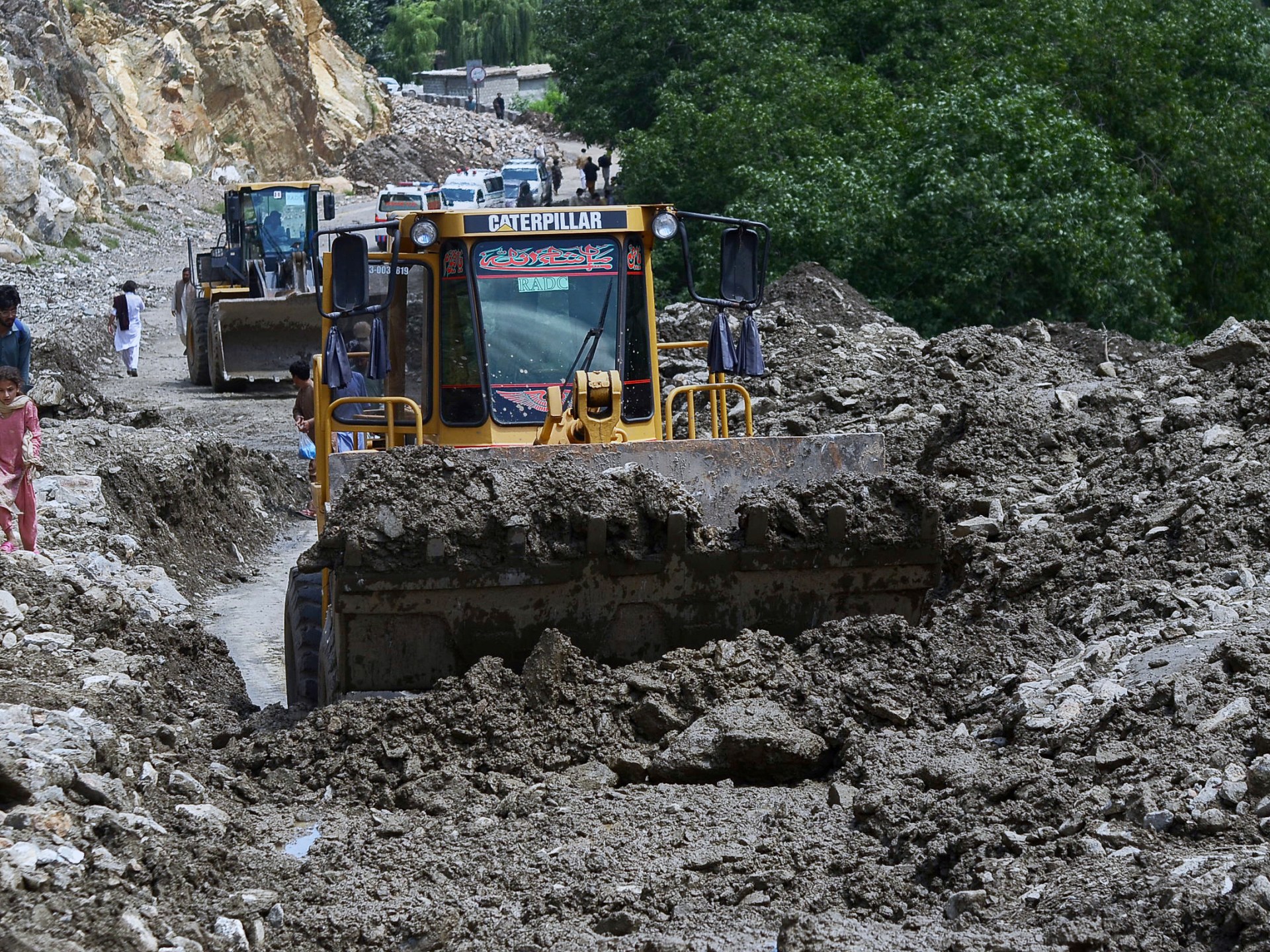Because of the country’s above-average rainfall this monsoon season and its ongoing struggle to recover from devastating floods in 2022, Pakistan has issued a warning about glacial flooding in the northwest and more rain is forecast for the area in the coming week.
According to Anwar Shahzad, a spokesperson for the local disaster management authority, the Khyber Pakhtunkhwa province’s downpours are heavier than they were for the same time last year, which has resulted in weather advisories and flooding alerts for the region’s province.
The authority issued a letter earlier this month warning of the severity of the country’s ongoing heavy impact from climate change, highlighting the possibility of persistent high temperatures accelerating snow and glacier melt and subsequent weather events in vulnerable regions.
According to Spokesperson Faizullah Firaq, some areas have experienced “severe destruction” and damage to homes, infrastructure, crops, and businesses on Saturday.
On the Babusar Highway, where flooding has affected nine villages, search efforts are underway to locate missing people. He continued, “Helicopters rescued tourists stuck in Fairy Meadows, a popular location.”
More than 500 holidaymakers were evacuated from Naran, according to Abdul Samad of the Khyber Pakhtunkhwa Tourism Department, after a cloudburst on Friday night caused a road closure. Heavy machinery was used by authorities to remove the debris and restore access.
The government reported giving medicine to flood-affected communities in the nearby Gilgit-Baltistan region, as well as hundreds of tents and thousands of food packets. More than 200 tourists were stranded there on Tuesday when a cloudburst caused floods and landslides, leaving three people dead.
The Disaster Management Authority’s Director General, Zakir Hussein, stated on Tuesday that while warnings help reduce the number of tourists visiting these troubled regions, they are not always sufficient.
Tourists generally notice our warning signs. According to Hussein, those who still decide to travel are those who did not see the warning or those who feel the need to travel. In the end, it is weather prediction, but people should take it seriously given the consequences’ severity.
The climate in South Asia frequently experiences rains, which are crucial for irrigation and replenishment of water supplies.
However, their negative effects have gotten worse in recent years as a result of rapid urban expansion, subpar drainage systems, and more frequent extreme weather events.
Concerns have increased over the possibility of a repeat of the devastating 2022 floods, which buried a third of Pakistan, killed 1, 737 people, and displaced more than 30 million people. This monsoon season has been met with above-average rainfall in Pakistan. This season, which starts in mid-September, has left 260 people dead in Pakistan.
Source: Aljazeera

Leave a Reply